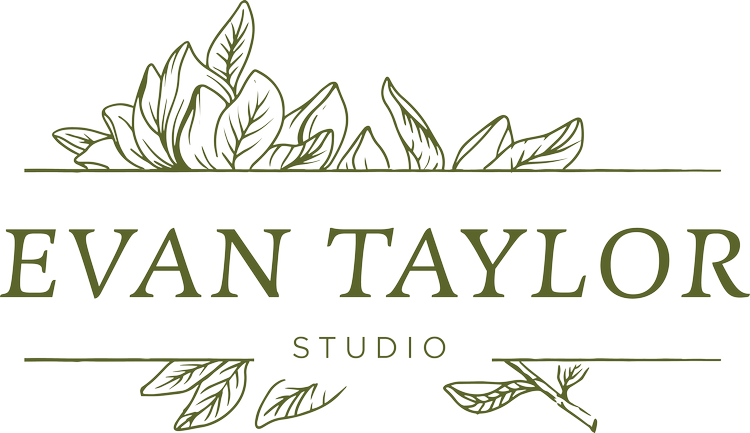For better or for worse, the creation of mirrorless digital medium format cameras opened up a conversation - what lenses can we adapt and shoot to expand our toolkit, create unique images and cover most of the sensor. Manufacturers pumped out adapters for a variety of lens mounts and systems, and like many of you I got to work testing my current collection of lenses and hunting for new ones on eBay and FB Marketplace.
The 50’s: Pentax K-M, Canon nFD, Takumar SMC, and Minolta MD
I’ve tried dozens of lenses adapted to GFX, but the focal length I keep coming back to is the 50mm. And of course they are the ubiquitous prime - why shouldn’t I have at least 4 lying around at any point. In hopes to identify a dominant standard prime, I set up a simple outdoor portrait session to test them all in a nearly identical setting. Now for the people with the questions:
Yes, I know these are different generations of different brands with varying maximum apertures. These happened to be the lenses I had around at the time, and in my opinion the 1.7 models far out perform their 1.4 counterparts (pentax and minolta) probably creating a better comparison in terms of overall contrast, character and color.
Yes, to maintain complete control I should have stayed in the studio. But it was beautiful outside and these images suit their purpose.
No, I will not get into any technical, mathematical conversations. My goal is to show the character and feel of these lenses in real life use for photographers who…enjoy shooting things other than brick walls and sharpness tests.
Build & Feel
Part of the beauty of using vintage prime lenses (especially 35mm) is their compact size and low profile. I purchased Fotodiox metal adapters for all 4 mounts, i’ve tried a few brands and I prefer these for the build quality and sleeker aesthetic than other brands out there.
All 4 lenses have the same general size and feel when adapted to the GFX-50s, but my favorites are the Pentax and the Canon. The Pentax will probably be my go-to because of it’s all metal, compact build (also colors and coverage and sharpness, but we’ll get to that later). The Canon also has a solid feel, despite the nFD’s plastic parts and longer barrel.
The Photographs
Model in a chair, camera on tripod, shooting quickly from lens to lens to maintain the soft cloud cover mid afternoon. I shot all lenses wide open and while that may bother some, in my opinion the difference between f1.4 and f1.7 are negligible for these purposes.
In post, I edited for exposure and color to the Canon FD file and synced settings across all 4 files - hopefully this shows you nuance in color rendering and contrast across the four lenses. My SMC Takumar has very pronounced yellowing, so I tweaked the WB to bring it closer to the other 3 lenses. All files have the same amount of sharpening, 25 in LR, and no profile or vignette corrections to show sensor coverage, smearing, etc. *Full res versions are at the end of this write-up.
I think it’s also important to point out the style of bokeh from each of these lenses. Dependent on your taste, you can acquire character across the spectrum of soap bubbles, oval shapes, and center swirling. I personally prefer the Pentax for the amount of swirling and cat-eye shaped bokeh.
Vignette & Corners
Here you can see which lenses have the best/worst coverage and also the amount of smearing, swirling at the extreme top right corner. I will say for these lenses my distance to subject was most ideal for minimizing vignetting, and the closer to infinity you get the worse the vignette will appear. From what I see, the Pentax has the least vignette, and the Minolta provides for the cleanest corners overall with the least amount of swirling/smearing.
Sharpness
These were cropped at about 150-200% (I can’t remember honestly) to show micro contrast and detail. Obviously the Takumar is the oldest lens and suffers most wide open, but depending on your taste in sharpness and rendering skin texture, any of the other three lenses could suit a photographer’s work. I prefer the Canon in terms of micro contrast and sharpness.
Concluding thoughts
Overall these 4 lenses can be boiled down to personal preference, even the versatility offered by your other current film & adapted mirrorless systems. When all is said and done I would choose the Pentax 50mm1.7 - partly because I also shoot with my LX, partly because I have always been a Pentaxian fanboy, especially because of the relatively low cost of quality Pentax glass. But the choice is yours! Drop your thoughts and opinions in the comments, I’m always game to hear what people think after a gear review.
Canon nFD 50mm1.4
Minolta 50mm1.7 MD
Pentax 50mm1.7 K-M
Takumar 50mm1.4 SMC









